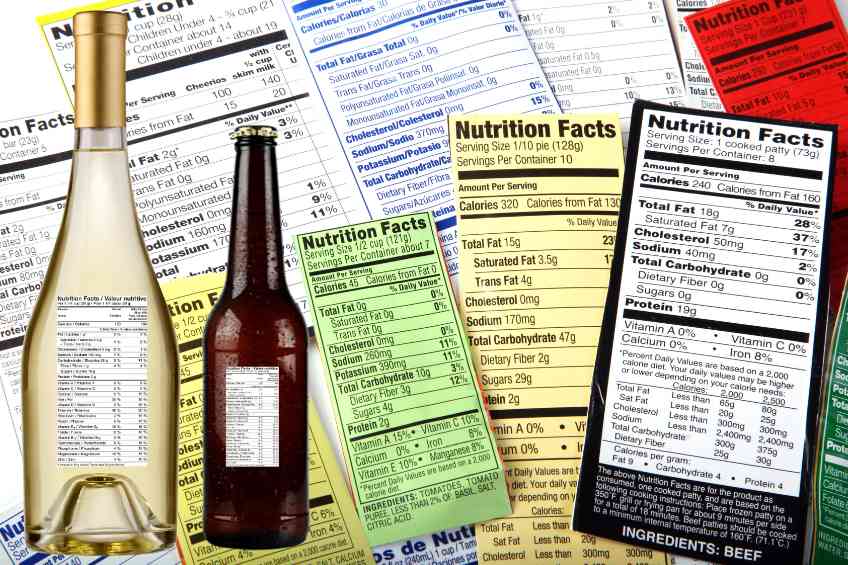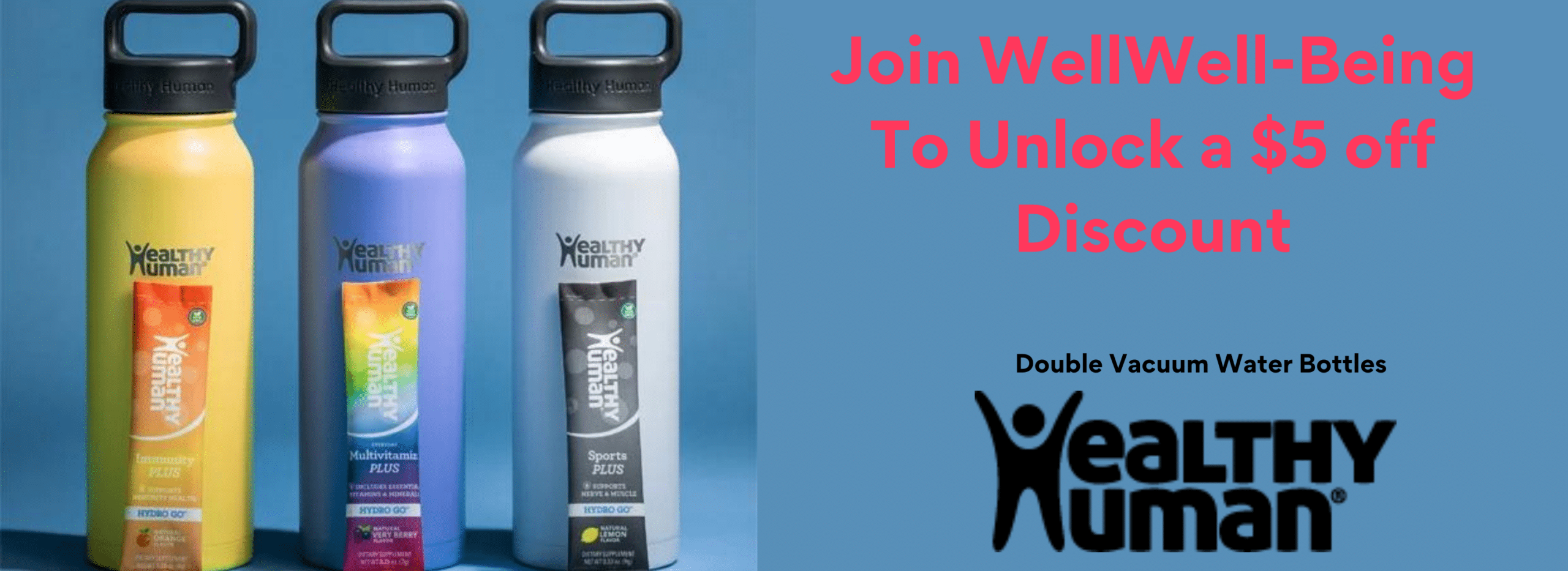By John Salak –
Combating heavy alcohol consumption is tricky, but dual solutions to limit drinking may offer a path forward. The pattern isn’t easy to change even for those who recognize that overindulging puts their health at risk. In the U.S. alone, more than five percent of adults consistently engage in heavy drinking, which the Centers for Disease Control and Prevention sets at more than 14 drinks a week for men and more than seven for women. This percentage doesn’t include the millions more who occasionally binge drink.
Habits are obviously hard to change, especially those involving social settings. Education helps to an extent but preaching too often falls on deaf ears. Potential consumption control solutions, however, may have surfaced in Merry Old England that could help cut back consumption here in the U.S. and elsewhere.
Dual solutions include labeling the calorie content of alcoholic beverages and moving to smaller drink sizes in restaurants, pubs and bars.
University College of London (UCL) noted that more than half of heavier drinkers in England claim they would change their drinking habits if calorie labels for alcohol were introduced.
The findings, via a survey of almost 5,000 adults on their drinking habits, suggest that calorie labels could ultimately help some drinkers maintain a healthier weight.
The UCL researchers found that 54 percent of heavier drinkers said they would make changes to their drinking if calorie labels were introduced, while 44 percent of lighter drinkers noted they would cut back as well.
Slightly more than a quarter of the heavier drinkers surveyed reported the labeling would lead them to choose lower calorie drinks, while almost 20 percent said they would drink alcohol less often and 17 percent reported they would have fewer drinks.
The research effort also assessed people’s knowledge of the calorie contents of alcoholic drinks, finding that hazardous drinkers were more likely than low-risk drinkers or non-drinkers to accurately estimate the number of calories in beer, wine, cider and spirits.
“Our study found that a sizeable proportion of heavier drinkers said they would change their drinking habits if calorie labeling was introduced,” reported Professor Andrew Steptoe, the project’s lead author. “This suggests labeling might help target higher-risk drinkers who are getting a greater proportion of calories from alcohol and are more likely to gain excess weight as a result. While survey responses do not necessarily correspond to behavior, the results indicate that labels could play a useful role in reducing consumption of the hidden calories in alcohol.”
A different British study from the University of Cambridge offered another option to curtail heavy alcohol consumption: reducing the serving size for beer, lager and cider offered up in pubs, bars and restaurants.
The Cambridge study reported that over a relatively short assessment period, venues that removed pint servings and replaced them with two-thirds pint glasses sold 10 percent less beer by volume compared with when pints were available.
The impact on volume sales of wine when glass serving sizes were somewhat inconsistent, with some establishments actually reporting a slight increase.
The study noted that customers largely did not complain about the reduction in serving sizes, although the researchers acknowledged that their study only covered a relatively small number of establishments. The researchers added that further assessment is needed, particularly into whether people fully compensated for reduced beer consumption by drinking other alcoholic drinks, but the intervention merits consideration for inclusion in alcohol control policies.
“Removing the offer of pints in 13 licensed premises for 4 weeks reduced the volume of beer sold. This is in keeping with the emerging literature showing that smaller serving sizes help us drink less and presents a novel way of reducing alcohol consumption and improving health,” the Cambridge authors noted.
Ultimately, either solution may mean less is more when it comes to cutting excessive alcohol consumption.













